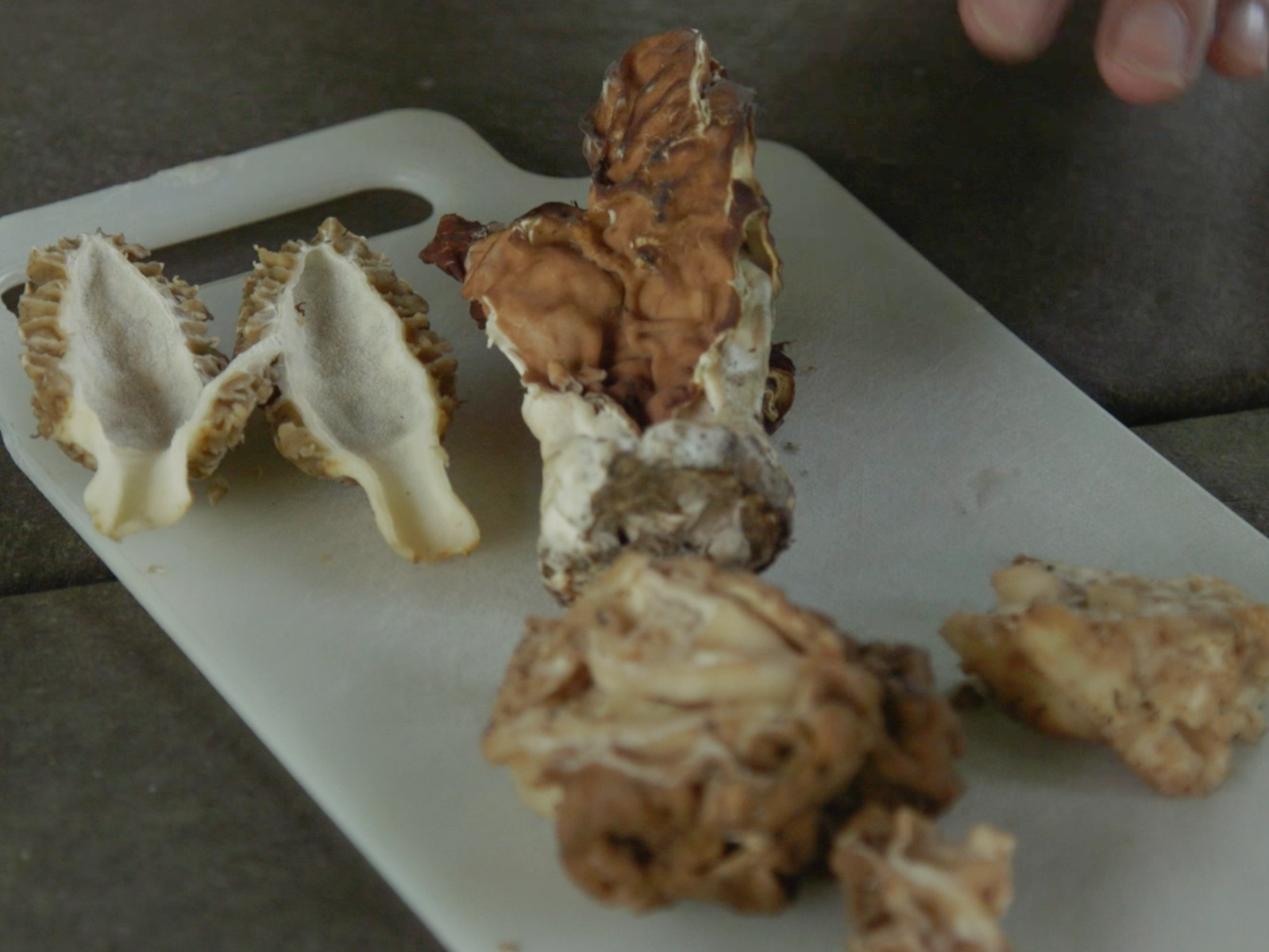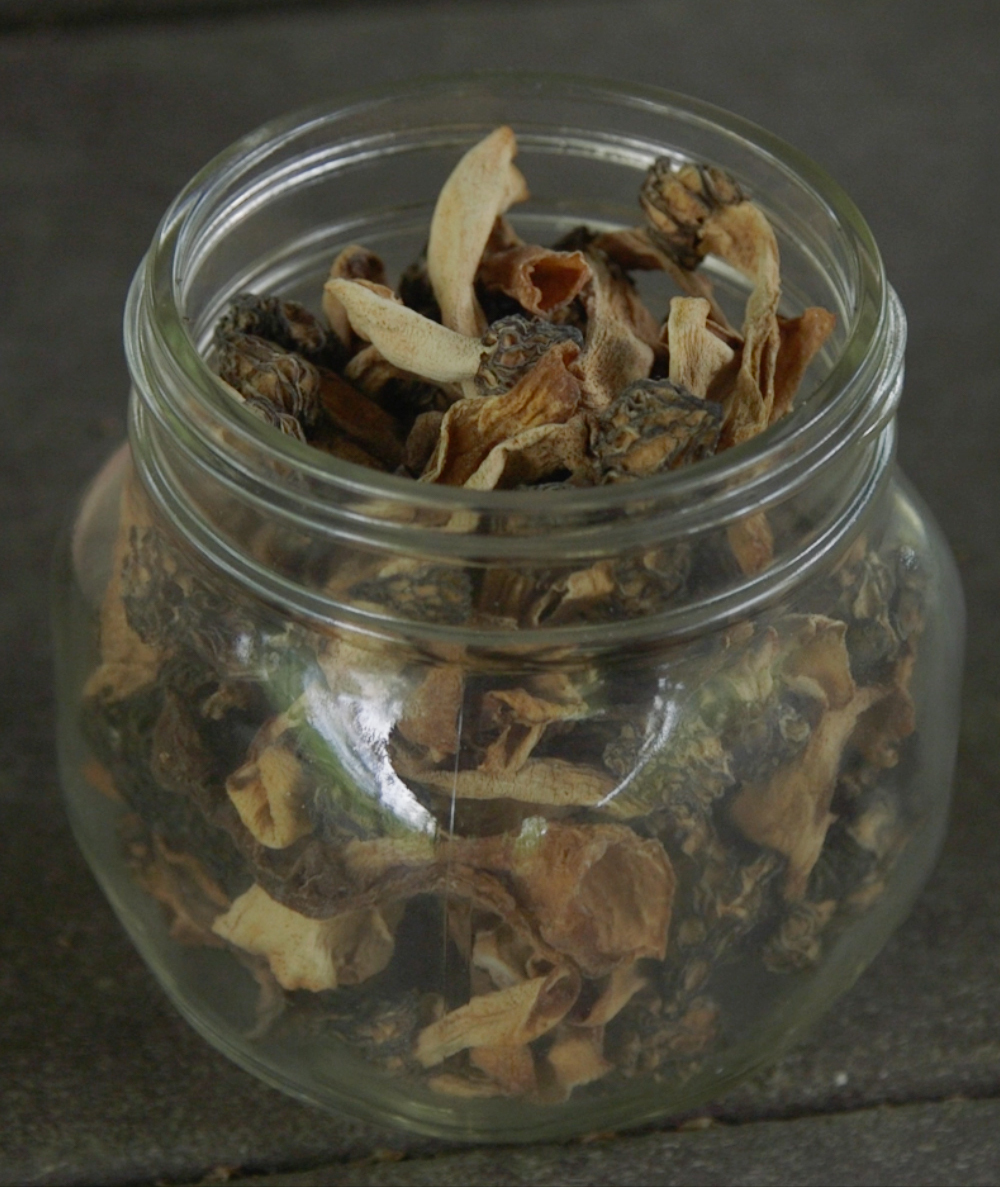Nick Spero has a big secret.
It has to do with where to find one of the most sought-after mushrooms of the fungi world: the morel.
Spero, who is a biologist, is also an expert forager. He has been doing it for more than 50 years. Springtime is a highlight, because that's when morels are in season. He thinks morels are the most delicious wild mushroom out there. And since a lot of other mushroom foragers tend to agree, they don't like to readily disclose their favorite picking grounds to others.
It took only a little bit of pleading to get Spero to tell me where to meet him to hunt together for morels; unfortunately, all I can relay to you is that it was somewhere in Maryland, a hair north of Baltimore City.

Spero learned to hunt from neighbors of his father's farm in central Pennsylvania. "During morel season, people would park on one side of the mountain and pick on the other," he says.
